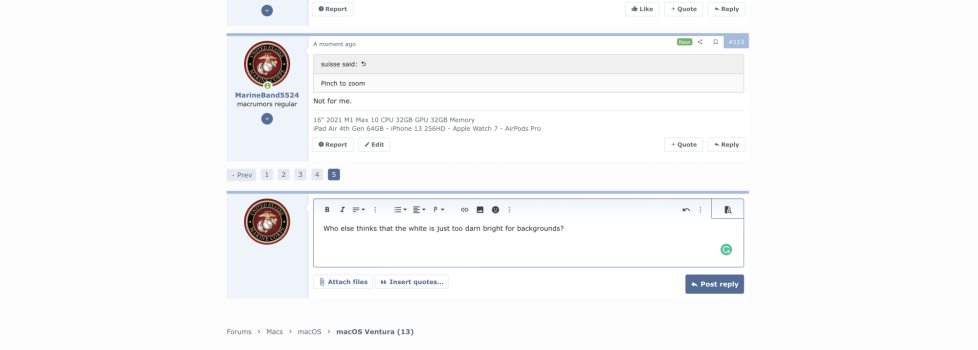Consistency is great, but some UIs work because they're specifically crafted for the interaction model of that OS. The Settings design works on mobile because you only see a small section of the available settings at once, and controlling that view is literally in your hands. iOS generally has few settings you need to configure more than once, and the ones you typically access the most are right at the top, pre-scroll.
On Mac, the icon view works because you have way more screen space to use, and people learn to associate and retain icons faster than text. There's less what UI nerds call "cognitive load" – the amount of effort you need to use to understand a UI – because what's on the screen is large and easy to browse visually.
Now it's all lists, and the visual signposts to help you find a specific setting are much smaller. It's great that they're all left-aligned (as left-aligned lists are easier to quickly browse) but once you get more than 7-8 items in a list, you force people to read, and that's almost always going to be slower.
The iOS settings model on the Mac is a real mess because there's been no effort to leverage the benefits of a large screen or reduce the amount of information people need to absorb in order to actually get **** done.
They could make things a little better by making the text size larger (it feels smaller because there's so much of it), but you're always going to be fighting against the limits of long lists. They've tried to mitigate this by chunking the settings into groups, but it's still a slog to get through.



